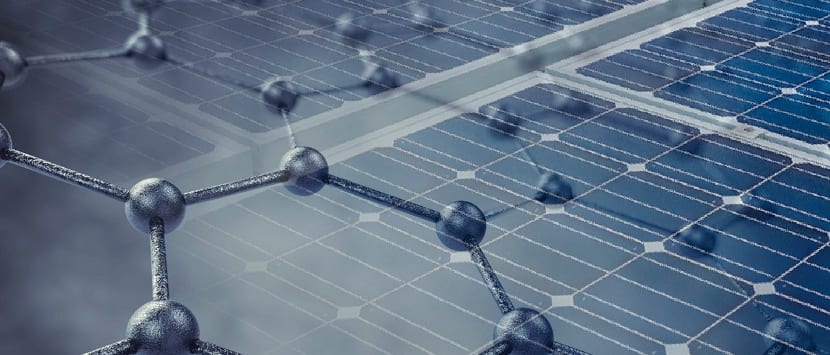
Many have been talking in recent months about the immensity of possibilities that a material such as graphene. Such is the case that, at this point, it seems that everything, from batteries to clothing, is better if, at some point in its manufacture, graphene has been used for its manufacture.
Far from all this, despite the fact that today there are many researchers who are working on new options for this material, a project in which a lot of money is being invested, the truth is that all these interesting news seems that they will never come to the market. This time I want us to talk about a new project, the same in which, thanks to the help of graphene, a group of researchers has been able to make the light reaches a space much smaller than its wavelength, something that should not be possible.

Thanks to graphene, a group of researchers has managed to bring light to places smaller than its wavelength
As he has commented in his statements Frank koppens, principal investigator of this project and worker of the Institute of Photonic Sciences of Spain:
Graphene continues to surprise us: no one thought that limiting light to the limit of an atom could be possible. It will open up a whole new set of applications, such as optical communications and sensors at a scale below one nanometer.
As you can see, taking into account the statements made by Frank Koppens, getting the light to such small places opens up a whole new field full of possibilities, especially in the world of electronics, sensors and imaging devices of the future. Specifically, this novelty, or at least that is how it has been explained, can lead us to create chips for our devices much smaller than those used today.

The use of graphene allows us to direct light to areas as small as an atom
Going into a little more detail, tell you that usually light cannot be focused on a point smaller than its own wavelength, a barrier that is known by the name of diffraction limit. Until now, many researchers have been working to overcome this limit, although the restrictions imposed by it mean that too much energy must be used.
On this particular occasion, the researchers in charge of the development of this project have used two-dimensional materials, known as heterostructures, in order to create a new nano-optical device to which they added a graphene monolayer to act as if it were a semi-metallic. Thanks to this light can be guided in the form of plasmonsElectron oscillations that strongly interact with light and can be used to guide it.
In the words of David alcaraz, one of the members of the research team working on the development of this project:
At first we were looking for a new way to excite graphene plasmons. Instead, we found that the confinement was stronger than before and the additional losses were minimal. So we decided to go to the limit of an atom with surprising results.

We must work on reducing the rest of the components of a chip in order to achieve smaller devices
Without a doubt, the fact of being able to manipulate light in a channel less than a nanometer thick is a great advance that will allow human beings to create much smaller devices. The downside to this is that much smaller optical switches, sensors and detectors will also have to be developed to achieve this.
Work to develop light-based transistors is already underway. Once the manufacturing methodology is available, it will be the turn of the manufacturers, who must implement it in order to achieve pack more transistors in the same space, thus improving the performance of current chips, or fit the same number of transistors found today on a chip to significantly reduce the size thereof.
Further information: Science